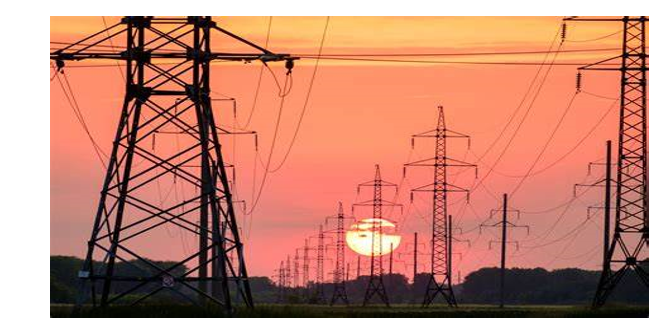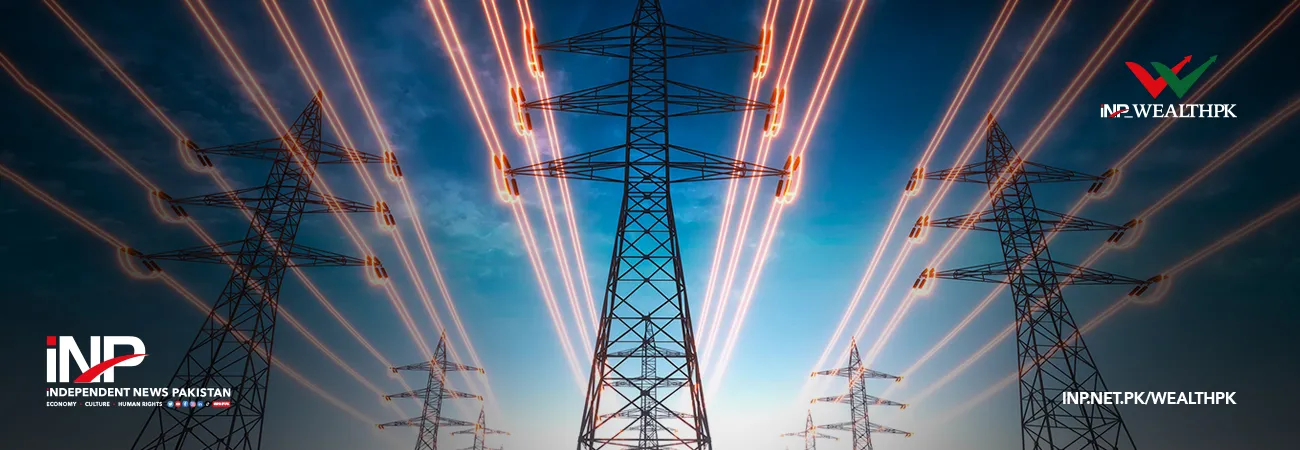INP-WealthPk
Amir Saeed

Pakistan’s power sector has been plagued by inefficiencies, leading to higher electricity costs for consumers. One significant contributor is the constraint in transmitting electricity from cost-effective generating units to end users. Talking to WealthPK, Tauseef Farooqi, former chairman of National Electric Power Regulatory Authority (Nepra), said that the country’s electricity generating mix was dominated by thermal power plants, which accounted for approximately 60% of the total generation capacity. “However, these plants are located far from the major load centres, resulting in significant transmission losses.” He pointed out that the gap between the generation cost and the tariff was due to transmission and distribution losses, which accounted for about 20% of the total power generation. “These loses are far greater than the international standard of 10%.” The power regulator has identified inefficiencies in the transmission network, which led to underutilisation of critical assets.
The number of idle power transformers has increased from seven to nine (500kV) and from 24 to 48 (220kV) between fiscal year 2021-22 to fiscal year 2022-23. “Similarly, underutilised transmission lines on the 500kV network have risen from 43 to 53. This underutilisation causes overloading in other parts of the network, resulting in overheating, voltage fluctuations, and system failures, potentially leading to blackouts. Tauseef suggested that the government need to address these challenges and invest in the upgradation and expansion of the transmission infrastructure. “The development of high-voltage transmission lines and substations is crucial to reduce transmission losses and ensure efficient transmission of electricity.” Talking to WealthPK, Ghulam Muhammad Abubakar, regional head at DSG Energy, a solar solutions provider, said that the government’s efforts to boost the proportion of renewable energy in the generation mix were hampered by transmission constraints. “Solar and wind power projects in Sindh and Punjab provinces are facing difficulty in transferring power to the national grid due to poor transmission infrastructure.
The transmission infrastructure in the country is inadequate, with a shortage of high-voltage transmission lines and substations. This bottleneck impedes the efficient transmission of power from low-cost generation sources to end users. The constraints in transmission lead to a higher cost of electricity for consumers.” He said the transmission infrastructure was sensitive and operated within specific limits. “Exceeding these limits can cause equipment failure. These constraints also force the network operator to purchase electricity from expensive power plants, burdening consumers.” Abubakar said, “The government should promote the development of generation sources near the load centres to reduce transmission distances and losses. “This can be achieved through the establishment of small-scale power plants, such as gas-fired power plants or solar parks,’’ he said. “The regulatory structure should also be updated to stimulate investment in the transmission sector. Nepra should create a distinct pricing structure for transmission that reflects the actual cost of transmission,” he said.
Credit: INP-WealthPk













